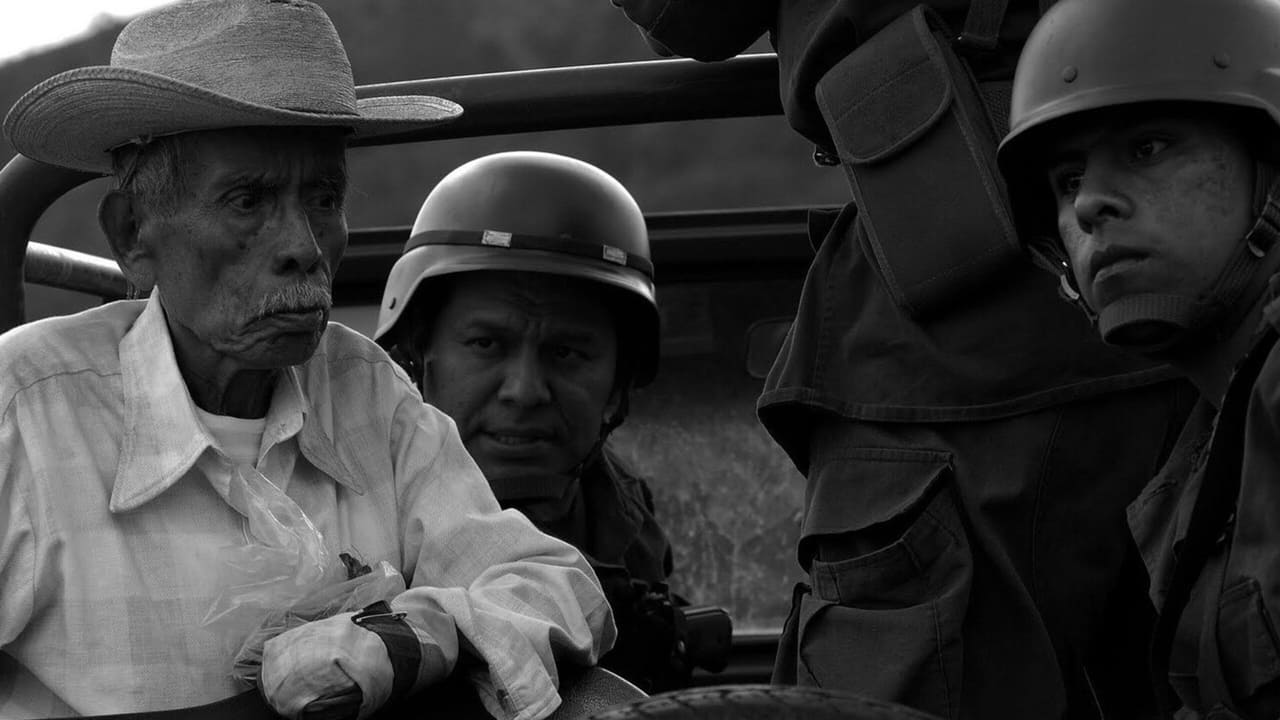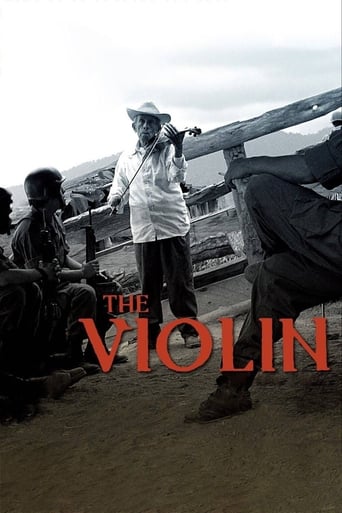

What a great story and film. The acting and casting were flawless. The camera work, a little iffy at times didn't really distract much. I can't help but wonder why great films like this are seen by relatively few people and seldomly make their money back. I really liked the thoughtfulness and attention to detail i.e. the mule intuitively showing up and then again wanting to avoid the approaching soldiers. The plot line thread of the checkpoint guard, who risked his life by supplying guns to the rebel peasants was thoughtful and provocative.This film really captured the humbleness, heart-felt-ness, and basic goodness of simple salt-of-the-earth people ultimately betrayed only by their trust and naivety. Michael Germaine
... View MoreThe film starts with a horrifying scene where uniformed soldiers tortures a group of villagers. In the following minutes however, we do not come across with the same violent scenes. It is a very good way of creating a gripping storyline and that is the most important asset of the director and film's itself. After seeing the beginning, we think that something is bound to happen to one of the main characters.The Violin is a black and white movie and it gives the audience an impression of a documentary film from time to time. The main three characters the old man Plucarto, his son and grandson all excellent. But of course, the old man should have the biggest slice of the compliments.We congratulate the director for creating an amazing movie with such brilliant cast. **** out of *****
... View MoreThis low-key film brings to life the struggle between the army and rebellious peasants in 1970's Mexico through the words and actions of an unlikely hero, the elderly, diminutive Don Plutarco Hidalgo (played by Angel Tavira, a real-life violinist).Plutarco, owner of the eponymous violin, is seen early on in the film playing his instrument to earn a living and to give expression to the feelings of himself and his companions. In the city he scratches a living from busking with the assistance of his son and grandson, but later his instrument offers consolation and catharsis to his fellow-villagers when they are uprooted from their homes by brutal Mexican soldiers in search of rebels harboured in the rural community.When Plutarco has his violin confiscated by the local military commander and is forced to play for the latter's edification this eloquently communicates the way in which simple rural folk had their voices suppressed and their livelihoods taken away by army cruelty. Whilst Plutarco cunningly works to aid the rebels against the military there are shocking scenes of military brutality, which presage a bleak ending for the protagonists; by the end of this film I was among several members of the audience biting their nails with concern.This is quite a short film (a little over an hour and a half) but its characters are powerfully portrayed and enlivened by well-written and sometimes witty dialogue. A special mention must be made for the black-and-white cinematography: the film looks superb.
... View MoreImagine that you look like a grandfather in real life. Imagine that your right palm has been amputated but you play a violin with a bow strapped to the maimed arm. Imagine a director wanting to use you as a lead actor in a feature film. Imagine you win a Cannes Film Festival Best Actor prize for the "Un Certain Regard" section of the festival for the role. It's not a dream--it happened to Mexican actor Don Angel Tavira in the Mexican film "El Violin" or the Violin, directed by Francisco Vargas.I caught up with this film at the on-going International Film Festival of Kerala, India, where it won the Silver Crow Pheasant, an award for the best competition entry chosen by the delegates (in contrast to the jury). The award was bestowed on the basis of votes from 6200 delegates attending the festival.I do not know how Tavira lost his palm but I learned that the director made the film keeping the future actor in mind. Tavira looks like Charles Vanel in his later years. He exudes a sincerity that touches the viewer and is not easily forgettable. He mixes sincerity with the wizened touch of an old fox.The film is similar to Irish filmmaker Ken Loach's "The wind that shakes the barley" in many ways. Only "The violin" is shot in black and white while Ken Loach shot his film in lush color. The photography is in no way amateurish. Both films are about the poor fighting mighty oppressors--in the case of "El Violin" poor villagers fighting a cruel Mexican army.Finer points of the film include a marvelous dialog between grandfather and grandson that speaks highly of the director screenplay writer's Vargas' writing capability. Yet he has only made four films.As one might have guessed the violin case and violin player are key to the development of the film. Music is a great leveler--the brutes and the aesthetes both appreciate good music.Vargas choice to film in black and white is commendable. The violence and rape that launches the film is not extended into the film as other directors would have been tempted to do. Interestingly the strength of the film is that it does not show violence at later stages--something that Ken Loach could not restrain himself from. Violence for Vargas is not gratuitous--it is to provide the focal point. The rest of the violence is only for the viewer to imagine. Now that's good cinema.This time Vargas had a great actor. Can he make equally good films without such innate talent of Don Tavira? My guess is that he can repeat this feat with others too. Vargas has an eye for talent, for good photography and a flair for good scriptwriting.
... View More